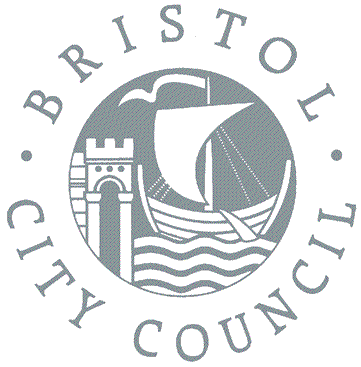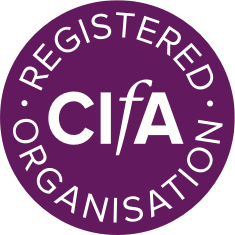Archaeological Work at the Bristol Old Vic
The restoration work at the Bristol Old Vic is now complete. But just before it was finished, workmen who were digging trenches for new services outside the theatre began uncovering human remains. At this point the construction work was temporarily halted to allow BaRAS archaeologists time to excavate the remains in a controlled and respectful manner. In addition to loose bones, three near-complete skeletons were uncovered — two adults and a juvenile. Historic maps of the area show that Rackhay (the cul-de-sac leading to the back door of the theatre), is built over a post-medieval burial ground.
Rackhay was one of three burial grounds used by the parishioners of nearby St Nicholas Church; the other two were located to the south of St Nicholas Church, and beneath modern Crow Lane. Documentary evidence indicates that the Rackhay burial ground was opened in the mid 17th century and remained in use until it was closed following the 1854 Burial Act, along with most other city centre churchyards. The part of the burial ground where the remains were uncovered was in use during the late 18th and early 19th century.
One of the adult skeletons had a particularly badly healed broken femur, which would have resulted in a pronounced shortening of the leg and a severe limp. Fractures of this sort can be easily set with a splint. The fact that this doesn’t appear to have been attempted suggests that this individual was probably relatively poor, and may illustrate the limited availability of medical care in 18th and early 19th century Bristol.
From 1858 onwards the former Rackhay burial ground was used as a playground for the newly built St Nicholas with St Leonard School. This remained in use until 1940 when it was destroyed in a bombing raid. After the war the ruined buildings were cleared and the area was redeveloped with new wider roads flanked by multi-storey office blocks, leaving no clues to its previous use.
Tags: bristol, burial, post-medieval, theatre
- Categories
- Events
Excavations
Finds
Survey
BaRAS is registered as an organisation with the Chartered Institute for Archaeologists
All material © copyright BaRAS 2004 – 2016




